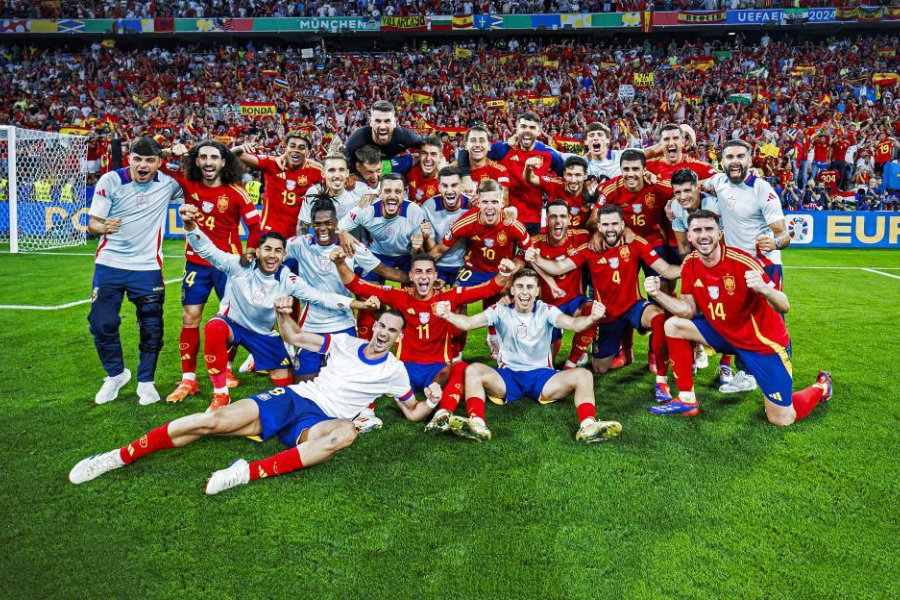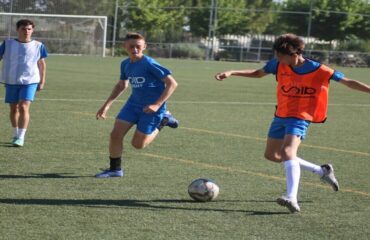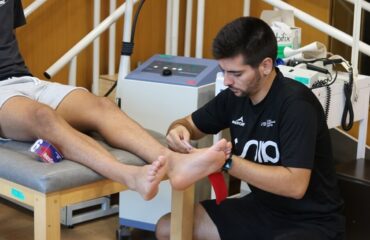Soccer in Spain has a hierarchical structure with various categories ranging from grassroots to professional competitions. These leagues encourage the development of talent and competition between teams. The categories are divided into professional and amateur, including First Division, Second Division and various youth divisions. Each level plays a crucial role in the development of players and teams throughout the country.
Table of contents
General Structure of the Spanish Soccer Leagues
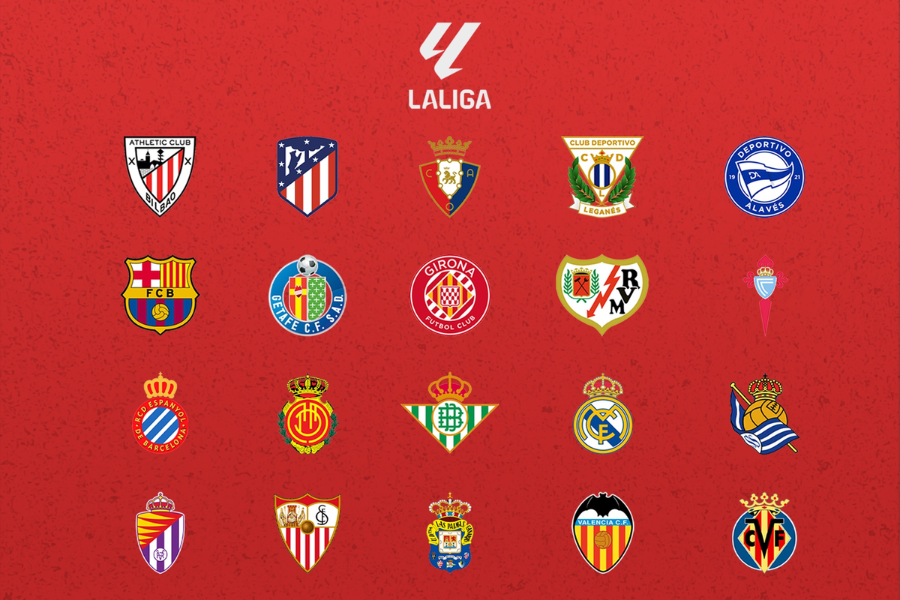
The soccer league system in Spain is complex and designed to foster competitiveness and club development. This hierarchical model allows teams to be promoted or relegated based on their performance in competitions, creating a dynamic and exciting environment.
Promotion and relegation system
The promotion and relegation system is fundamental to the structure of Spanish soccer, allowing teams that have a remarkable performance in the lower categories to reach higher levels. This mechanism generates great motivation among clubs and their respective supporters.
- The First Division is the highest category and offers the opportunity to compete in international tournaments.
- The top two teams in the Second Division are automatically promoted to the First Division.
- The teams that finish in the lowest positions in each category are at risk of relegation, which increases the pressure in the last days of competition.
- Professional leagues include playoffs that allow for additional eligibility for promotion.
Professional Competition vs. Grassroots Soccer
Spanish soccer is divided into two essential sectors: professional competitions and grassroots soccer. Each of these segments plays an essential role in the promotion and development of the sport in the country.
Professional soccer is made up of categories ranging from the First Division to the Second RFEF Division, while grassroots soccer concentrates on the lower categories, where the future of the players is formed. The latter includes youngsters ranging from 5 to 19 years of age, providing a structure that helps the evolution of skills.
- Professional competitions are highly demanding and are under the supervision of the National Professional Soccer League.
- Grassroots soccer allows young players to develop their skills and understanding of the game, creating a competitive environment as they progress to higher levels.
The interaction between these two segments is vital to the growth of soccer in Spain. While professionalism seeks to maintain the interest and quality of the competition, grassroots soccer nurtures the top leagues with new talent, ensuring the future of the sport in the country.
Professional Men’s Soccer Categories
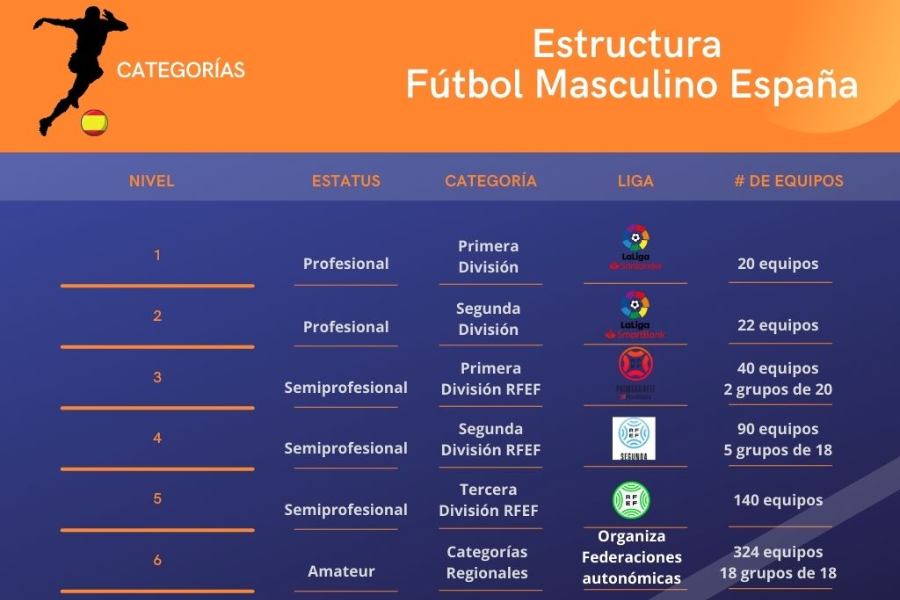
Men’s soccer in Spain is divided into several professional categories that represent the highest level of competitiveness and professionalism. Each of these divisions is detailed below.
First Division
The First Division, popularly known as La Liga, is the top tier of Spanish soccer. This league has gained worldwide recognition, hosting some of the most successful and popular clubs on the planet.
La Liga Format
The competition is comprised of 20 teams competing in a head-to-head league format. Each team plays a total of 38 matches throughout the season, facing each of its opponents in one of two formats: home and away. The team with the most points at the end of the league is proclaimed champion. Points are distributed as follows: three points for a win, one point for a draw and zero for a loss.
Historic Clubs and Rivalries
LaLiga is full of history and passionate rivalries. Iconic clubs such as Real Madrid and FC Barcelona are known for their intense rivalry, which manifests itself in matches such as El Clasico. Other historic teams include Atletico Madrid, Valencia CF and Sevilla FC, which have left an everlasting mark on the competition.
Second Division
The Second Division, now called Liga Hypermotion, is the category just below LaLiga. It is a crucial stepping stone in the careers of many players and clubs.
Participating Teams and Format
This league has 22 teams that compete against each other in a league system, playing a total of 42 games per team during the season. The top two teams at the end of the season are promoted directly to the First Division.
Playoffs for promotion
Clubs finishing between third and sixth place have the opportunity to compete in playoffs for the third promotional spot. This phase is carried out through single elimination playoffs.
First RFEF
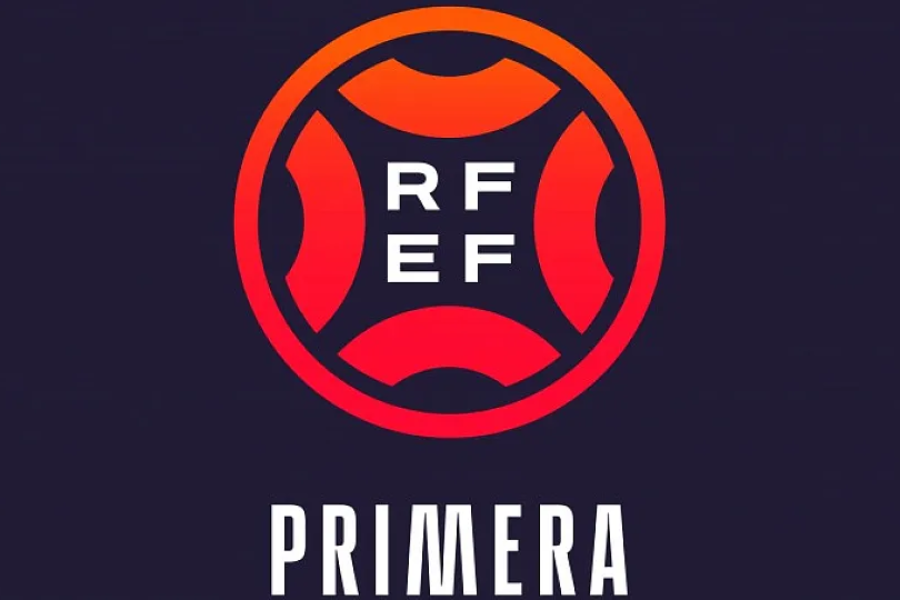
The First RFEF is the third category of professional soccer in Spain, which represents an important level for the development of teams and players.
Groups and Competition System
This category has 40 teams divided into two groups of 20. Each group follows a traditional league format, with the top two teams in each group advancing to the Second Division.
Club Strategies for Promotion
Clubs in the First RFEF are working hard to prepare for possible promotion, implementing strategies ranging from recruiting new talent to strengthening their sporting structures.
Second RFEF and Third RFEF
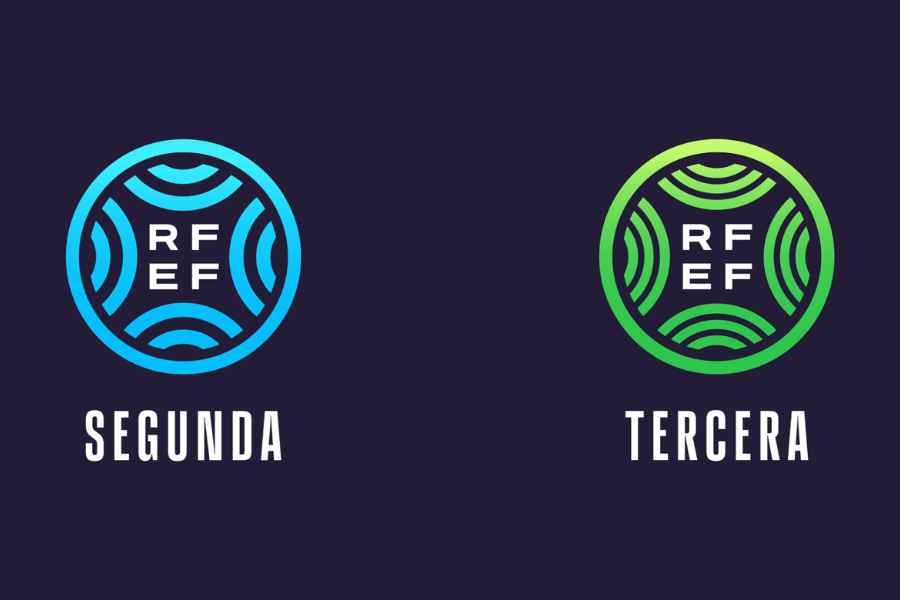
These are the categories that close the pyramid of professional soccer in Spain, fundamental for the formation of emerging clubs and players.
Organization by Groups
The Second RFEF has 90 teams distributed in five groups, while the Third RFEF groups 324 clubs in 18 groups. Both categories follow an exciting promotion and relegation system.
Promotion and relegation process
In these two categories, the champions of each group are promoted to the higher category, while the teams in the bottom positions face relegation. This system creates a unique competitive dynamic.
Grassroots Soccer and New Talent Development
Grassroots soccer is fundamental for the identification and training of young talent in Spain. These categories lay the foundations that will allow players to develop both personally and athletically.
Grassroots Soccer Categories
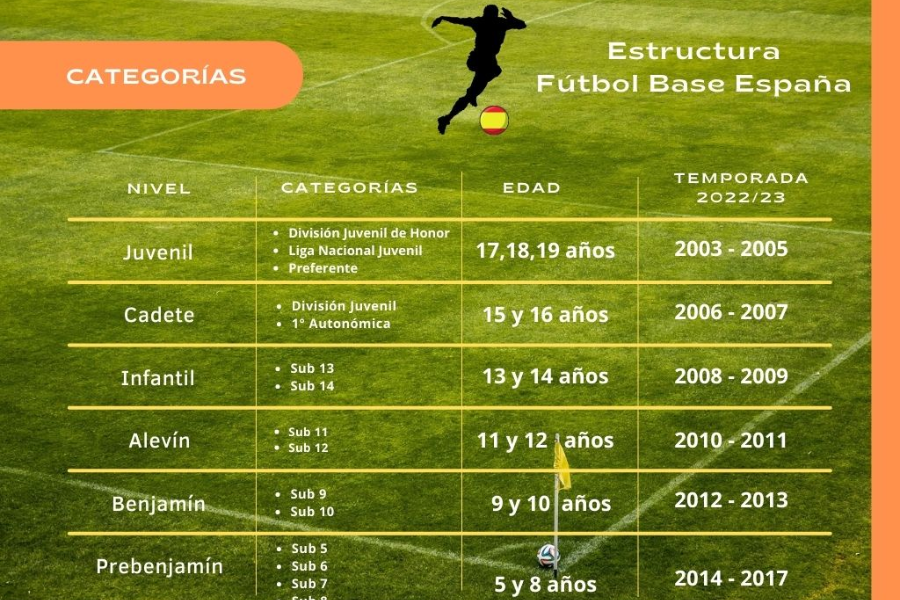
The grassroots categories are intended for players from 5 to 19 years of age. The main categories are presented below:
- Prebenjamín: For players from 5 to 8 years old, focusing on the development of basic skills and fun.
- Benjamin: For children from 9 to 10 years old, where technical and tactical concepts are introduced in a game environment.
- Alevín: For youngsters from 11 to 12 years old, where competition becomes more structured and regular seasons are included.
- Infantil: Aimed at players from 13 to 14 years old, where the level of competition increases and a greater commitment is expected.
- Cadete: For ages between 15 and 16 years old, focused on the improvement of specific skills and tactics.
- Juvenil: Covers players between 17 and 19 years of age, who compete in leagues that prepare them for the leap to professional soccer.
The importance of Autonomous Federations
The autonomic federations play a crucial role in the management and organization of grassroots soccer competitions. They are in charge of:
- Regulating the rules and formats of competitions.
- Providing training for coaches and referees, ensuring adequate teaching standards.
- Promoting initiatives that encourage the participation of young people in sports.
Thanks to their efforts, an environment is ensured in which young people can grow, both as athletes and in the development of essential values such as teamwork, discipline and respect.
Impact on Professional Soccer Development
Grassroots soccer is not only the entry point for young players, but it is also fundamental for the future of professional soccer in Spain. The quality of the players that emerge from these categories has a direct impact:
- To the performance of professional clubs, which find in these talents the potential to strengthen their squads.
- To the national team, which depends on a continuous renewal of local talent.
- Increased interest and investment in the sport, as good development at the lower levels fuels competitiveness.
Coordination between clubs, federations and the educational environment creates an ecosystem in which young players can thrive and aspire to play at higher levels, reaffirming the commitment to the future of soccer in the country.
Women’s Soccer Categories
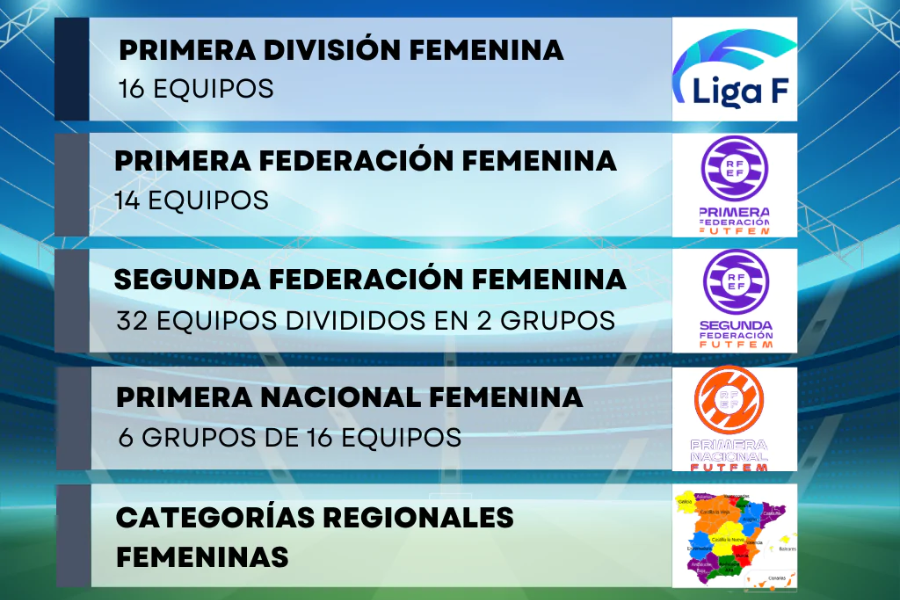
Women’s soccer in Spain has advanced significantly in recent years, creating a solid structure that fosters competition and talent development. The categories in which this discipline is organized reflect a commitment to equality and the growth of the sport.
Women’s First Division
Evolution and Growth
The First Women’s Division, also known as Liga F, has been fundamental to the development of women’s soccer in Spain. Since its professionalization, the league has experienced an increase in the quality of competitions and media visibility.
In the last decade, club participation has grown considerably, as has institutional support and the attraction of sponsors. This growth has allowed teams to compete at the highest level, offering an exciting spectacle for fans.
Participation in European Competitions
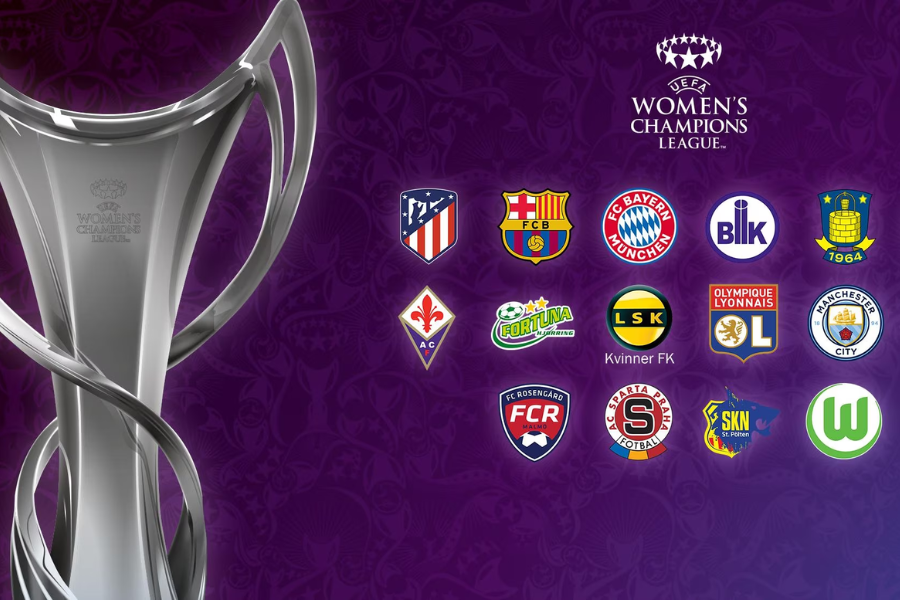
Teams that excel in the First Division have the opportunity to participate in European competitions, such as the UEFA Women’s Champions League. This participation not only raises the competitive level of the players, but also increases the visibility of Spanish women’s soccer internationally.
Access to these competitions has been a key motivator for clubs, which strive to improve their squads and attract renowned talent, contributing to the growth of the sport in the country.
Structure of Women’s Leagues
Development of New Categories
The Royal Spanish Football Federation has implemented a league structure that allows for a clear development from the lower divisions to the First Division. As of the 2021-22 season, new categories were introduced, such as the Primera Federación Femenina, which provides an additional avenue for teams to move up and compete professionally.
This system is vital to encourage female participation in the sport, offering players more opportunities to compete and grow in their sporting careers.
Challenges and Opportunities
Despite growth, Spanish women’s soccer faces several challenges. The lack of economic resources in some lower categories may hinder its development. Visibility in the media remains an area for improvement, and more efforts are needed to attract audiences and sponsors.
Nevertheless, the opportunities are vast. The growing popularity of women’s soccer and the interest in international competitions suggest a promising future. With a constant focus on development and professionalization, women’s soccer in Spain continues on the road to consolidation.
Regulations and Sports Justice
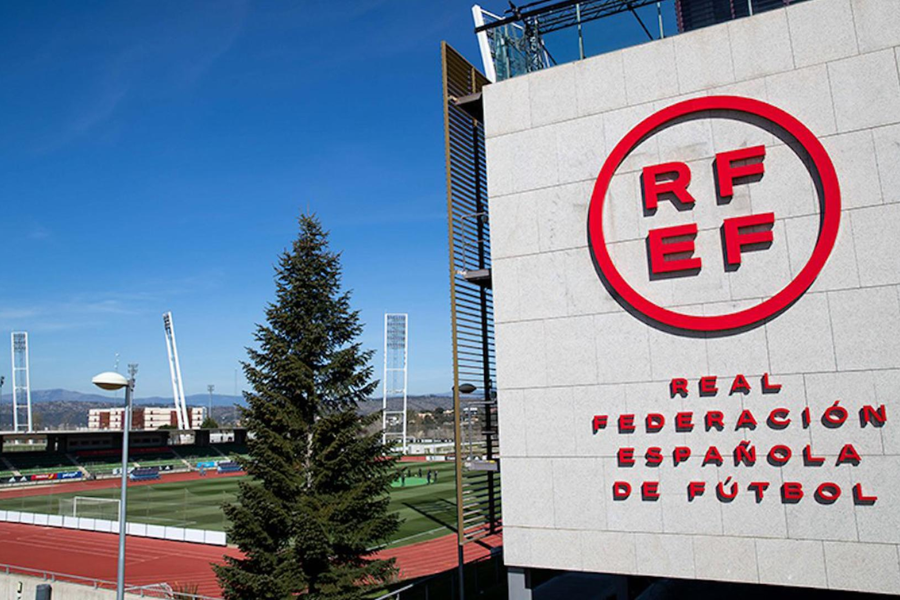
Sports regulations and fairness in Spanish soccer are fundamental to ensure fairness and the correct development of competitions. These rules regulate the conduct of clubs, players and referees, promoting a fair competitive environment.
Role of the Royal Spanish Soccer Federation
The Royal Spanish Soccer Federation (RFEF) is the institution that oversees and regulates all soccer activities in Spain. Its main mission is to ensure compliance with sporting rules in all competitions. This includes:
- The establishment of rules and regulations governing matches.
- The organization of national competitions and supervision of professional and amateur leagues.
- The promotion and development of women’s and grassroots soccer, ensuring equal opportunities for all players.
- The implementation of sanctions and disciplinary measures for violations of regulations.
Referees Technical Committee
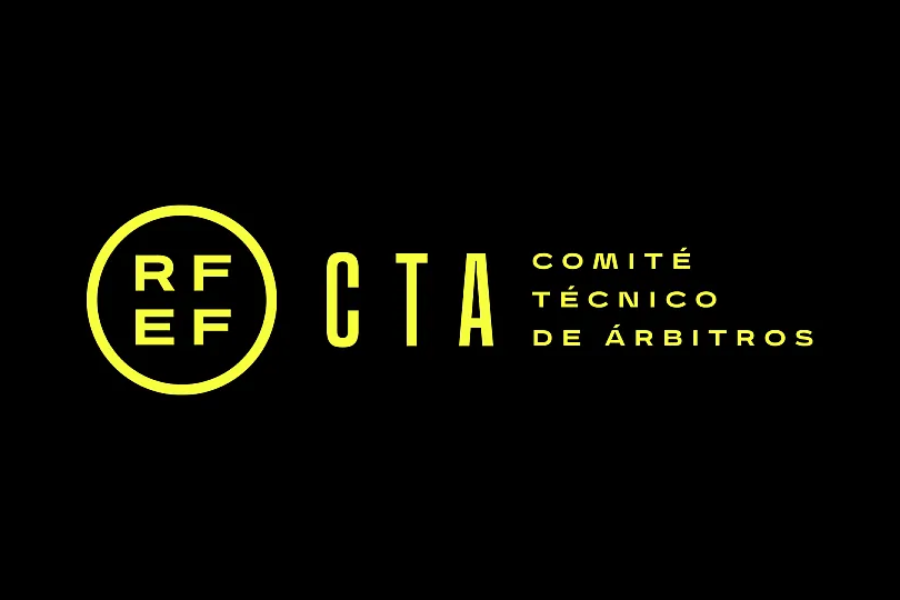
This committee is responsible for the appointment and training of the referees who officiate matches in the various categories. Their work is crucial to maintaining the integrity of the game. Referees must follow strict regulations and are trained to make decisions in real time, ensuring respect for the rules of soccer.
Regulations and Supervision
The RFEF establishes a set of regulations governing the behavior of referees, which include:
- The obligation to apply the rules of the game in an impartial and fair manner.
- The prohibition of directing matches where there are conflicts of interest, such as matches between teams from the same autonomous community.
- Continuous evaluation of referee performance to ensure a high standard of refereeing quality.
Measures to Ensure Fairness
To ensure that all matches are played in a fair environment, the RFEF applies several measures, such as:
- Training programs for referees, including internships, analysis of decisions and updating of regulations.
- A complaints and claims system where clubs and players can report possible irregularities during matches.
- Periodic audits and reviews of the application of arbitration rules and decisions.



